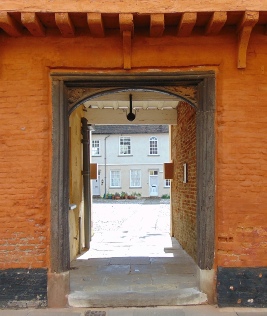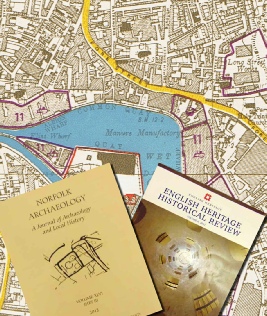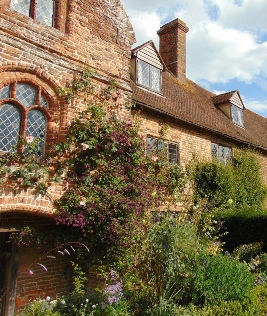
PLANNING SERVICES
In 2012 the new National Planning Policy Framework (NPPF) was introduced, replacing the previous guidance, and changing the way in which planning policy relates to heritage and archaeology. MJC-



The National Planning Policy Framework (NPPF) states at paragraph 128 that:
‘In determining applications, local planning authorities should require an applicant to describe the significance of any heritage assets affected, including any contribution made by their setting. The level of detail should be proportionate to the assets’ importance and no more than is sufficient to understand the potential impact of the proposal on their significance’.
In order to meet this requirement, local authorities normally now require a Heritage Statement to be prepared to inform and accompany proposals affecting heritage assets. The complexity of the Heritage Statement will be determined by a number of factors, including the size of the development, its location and the development history of the site. However, the system is a straightforward one, and we are here to help guide you through the process to achieve the best possible outcome.

HERITAGE STATEMENTS
There are no mysteries to the process, although specialist advice is often needed. What might be needed depends on the nature of the asset and the level of intervention proposed; as the NPPF states, the statement should be ‘proportionate’, and ‘no more than is sufficient’.
Briefly, a Heritage Statement should set out details of the history and development of the asset, using photographic, map, archival and fabric evidence. It should be accompanied by a photographic record, showing the site context and spaces and features which might be affected by the proposal, preferably cross-


DESK BASED ASSESSMENTS
A desk based assessment (DBA) is often the first stage of the archaeological process, and may be required at the start of a planning application.
The DBA will research and assess the known and potential archaeology of the development site and its immediate surroundings, and will critically look at any past impacts, such as earlier development at the site, to establish whether the proposed development is likely to damage or destroy any archaeology, or impact upon the setting of other heritage sites near to the development.
The DBA will require an inspection of the Historic Environment Records (HER) for the site and its immediate surroundings (this is normally provided by the County Council, who make a charge for its provision).
Published archaeological reports and historical records will be consulted, whilst any estate maps, tithe maps and Ordnance Survey maps will also be inspected. Aerial photographs, where available, will also be consulted. Although we have access to an extensive library of published material, and an almost unrivalled collection of early maps, it will also often be necessary to consult the records at the County Records Office and Archive Centres.


COMMERCIAL SURVEYS
At MJC-
We are also the only commercial organisation that undertakes fully interpreted graffiti surveys of historic buildings. With experience in undertaking raking light photometric surveys, RTI scanning, laser surveys and full measured surveys we are able to carry out surveys in a wide variety of buildings and across a wide variety of surfaces.
With recent clients including the National Trust, English Heritage, the Norfolk Archaeological Trust and the Churches Conservation Trust we really will help bring alive the hidden history of your building.


© mjc-
MJC-ASSOCIATES







